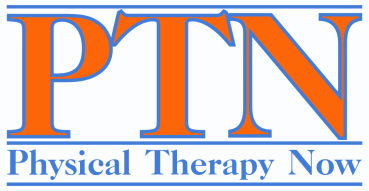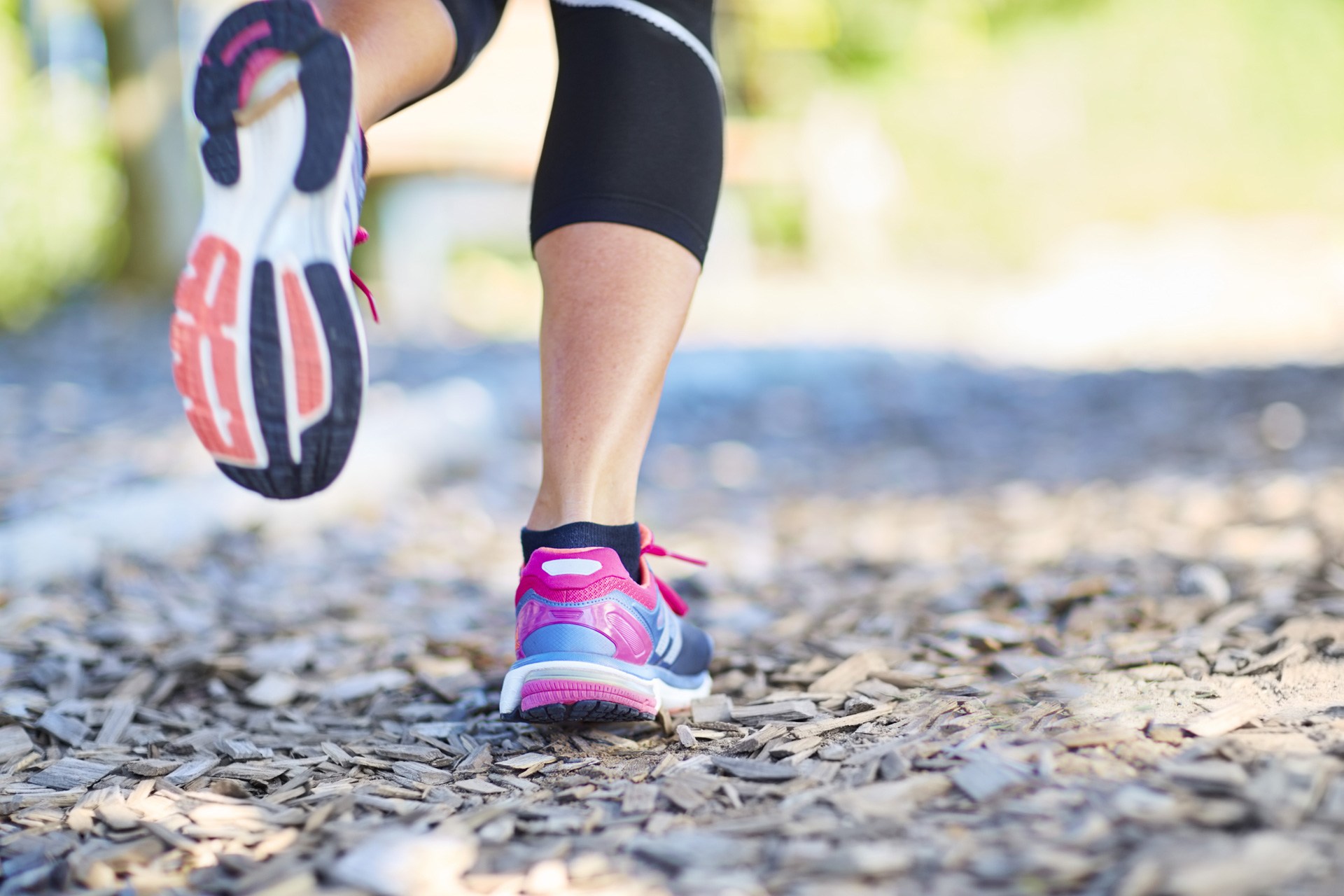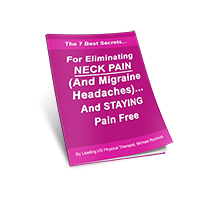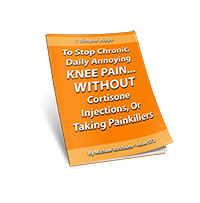
So this summer is busy with activity, the holidays, and hopefully exercising. This time of the year is generally pretty fun!
But for a select few this is a terrible time with increased plantar fascia pain. This is the pain that can be excruciating on the bottom of your foot especially when you get up in the morning and first place your feet on the floor. Then you probably hobble across the room for a few minutes until you feel a little better. This pain then continues after you sit down. When you attempt to stand again the pain is back!
Walking, running, and forcefully curling your toes is painful. The pain varies but never goes away. You wish and hope that if you rest and take ibuprofen like you have been told the pain would eventually go away….but it does not.
1) CHANGE YOUR FOOTWEAR: I can not stress this enough! There are plenty of patients that I see everyday that come into the clinic with overly worn shoes, the wrong shoe type for the person’s foot structure, lack of support in a shoe, or best of all someone who would rather wear a high heel than breathe! Please remember this…….EVERY 500 walking/running miles you should have a new pair of shoes. For our runners, more detail should be considered like, height of a person’s foot arch, room in the toe box, amount of pronation/supination (arch height) of the foot during foot strike, and the presence of bunions, callus formation and hammer toes.
2) THE COST OF A SHOE HAS NOTHING TO DO WITH QUALITY: There are many types and varieties of running/cross training shoes and many materials that go into making these shoes. Your average expense is $80 -$200. Unfortunately, style is usually why a shoe is marked up in price. Try looking at models of running shoes that have been on the market for at lest 6 months. Older versions of shoes can be fantastic and cost effective and if you wear an odd size you have a better advantage on price!
3) FLEXIBILITY AND STRENGTH OF THE LOWER BODY: Did you know that your overall lower body strength and flexibility can ward off conditions like plantar fasciitis, sprains/strains and Achilles tendinitis? This is because the body is a chain. Every muscle, tendon, bone, and joint plays a role in all joints.
4) FOOT STRENGTH: Did you know that the foot has very specific muscles that must be strengthened specifically. It is not enough to assume that your foot is strong just because you walk/run or lift weights. You will need to perform very specific muscle exercises that fit your specific foot type.
5) FOOT PAIN IS A SIGNAL TO THE BRAIN THAT A DAMAGING PROCESS TO THE FOOT IS ALREADY OCCURRING: Rest your foot! If foot/ankle pain continues to occur for more than 3 days seek evaluation by a physical therapist without a referral at our office by calling (412) 794-8352 or email us at becky.ptn@physicaltherapynow.net
If you would like to schedule a FREE 15 minute phone consultation about your condition click here





I would like more information about heel pain and plantar fascitis
Hi Judith, there are so many things that can be done for plantar fasciitis with the right conservative approach to eliminate it completely. The neat thing that we find about plantar fasciitis is that once we eliminate the source of the problem we almost never see a person return to us with this problem again. We find that one technique, a few exercises, or a quick shot never works. What does work is a sequence of events that occurs frequently supported by techniques that you perform at home. Now heel pain can be a complete different problem from plantar fasciitis and may be treated with a different approach that again will not involve medication, shots, or surgery. This week I have time for a free 15 minute phone consultation to discuss your condition more specifically. It is open to anyone who has a question about a musculoskeletal, neuromuscular, or neurological condition if you would like. Here is the link if you would like to schedule:
https://calendly.com/physicaltherapynow
Thanks!!